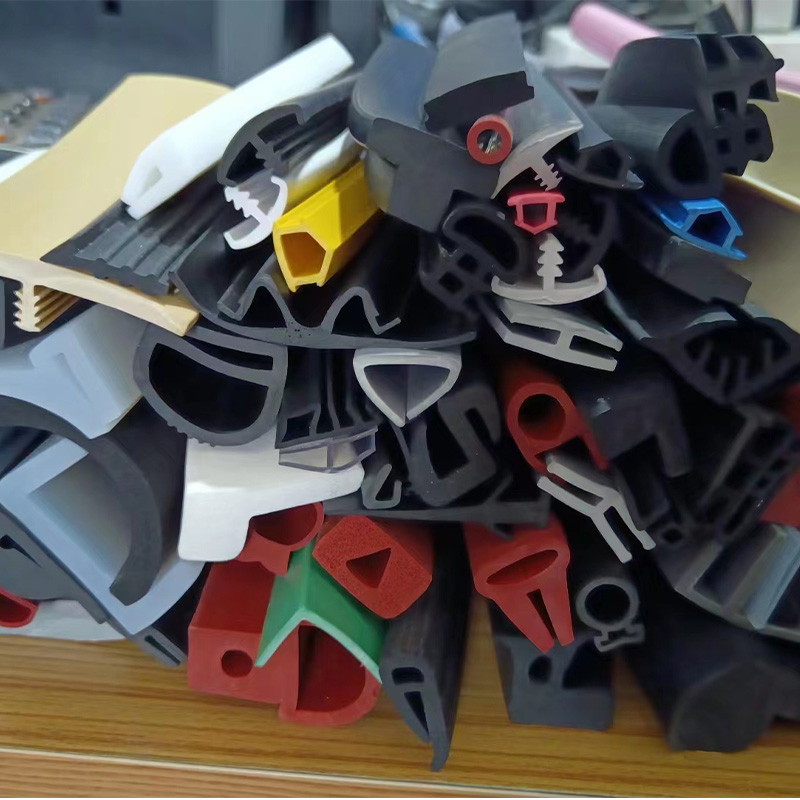Anode Slitting Equipment for Precision Cutting and Efficient Production Processes
Understanding Anode Slitting Machines A Key Component in Battery Manufacturing
The rise of electric vehicles (EVs) and the growing demand for energy storage solutions have amplified the importance of advanced manufacturing technologies in the production of lithium-ion batteries. Among the myriad of sophisticated machinery used, the anode slitting machine plays a vital role in ensuring efficiency and precision in battery component production.
What is an Anode Slitting Machine?
An anode slitting machine is a specialized piece of equipment designed to cut anode materials, primarily made from graphite or other advanced materials, into precise dimensions during the battery manufacturing process. This machine ensures that the anodes meet the stringent specifications required for optimal performance in batteries. Essentially, the slitting process is about converting large sheets or rolls of anode material into narrower strips that can be assembled into batteries.
The Importance of Anode Slitting
The anode is a critical component of a lithium-ion battery, as it plays a significant role in the electrochemical reactions during the charging and discharging cycles. Variations in anode dimensions can lead to inconsistencies in battery performance, affecting energy density, cycle life, and safety. Therefore, precision cutting is paramount. An anode slitting machine provides automated, high-speed cutting capabilities, which enhances the overall efficiency of the manufacturing process and reduces waste.
Key Features of Anode Slitting Machines
Modern anode slitting machines come equipped with several sophisticated features
1. High Precision Cutting Most anode slitting machines utilize advanced blade technology that ensures cuts are made with minimal tolerance levels. This precision is crucial to achieving consistent battery performance.
2. Adjustable Slitting Width Operators can adjust the width of the cuts based on specific requirements, allowing for versatility in manufacturing different battery types.
3. Automated Control Systems Cutting processes are often controlled via computer systems that monitor speed, blade condition, and alignment, which further enhances precision and reduces the potential for human error.
anode slitting machine

4. Speed and Efficiency Many anode slitting machines can operate at high speeds, drastically increasing production capacity. This is particularly important in a competitive market where demand for batteries is rapidly increasing.
5. Material Handling Capabilities High-quality machines are designed to handle various types of anode materials, from traditional graphite to newer composites. This adaptability is essential for manufacturers looking to innovate and respond to market trends quickly.
6. Safety Features Given the industrial environment, anode slitting machines come with numerous safety features that protect operators, including emergency stop buttons, protective guards around moving parts, and safety interlocks.
Applications in the Battery Manufacturing Process
The anode slitting machine is typically situated between the coating and assembly stages of battery production. After the anode material has been coated onto a current collector, the slitting machine cuts the coated material into strips. These strips are then ready for stacking and incorporation into battery cells. Thus, the speed and quality of the slitting process have a direct impact on the efficiency of subsequent manufacturing stages.
Future Trends
As the EV market continues to expand, the technology behind anode slitting machines is expected to evolve. Innovations in blade materials and designs will likely lead to even finer cutting capabilities and improved wear resistance. Additionally, the integration of artificial intelligence and machine learning could enhance monitoring systems, allowing for predictive maintenance that reduces downtime.
Furthermore, with the ongoing push for sustainability, manufacturers are exploring ways to minimize waste during the slitting process. Cutting-edge recycling techniques to repurpose any scrap material could become a field of development, contributing to a more sustainable manufacturing cycle.
Conclusion
In summary, anode slitting machines are an indispensable part of the battery production landscape. Their ability to ensure precise, efficient cutting directly contributes to the overall performance and reliability of lithium-ion batteries. As the industry continues to evolve, the significance of these machines will likely grow, driving innovations in technology and production methodologies, and further enhancing the capabilities of the burgeoning electric vehicle and energy storage markets.
Share
-
The Best Lubricants for Aluminum Roller GuidesNewsJul.23,2025
-
Slitting Machine Applications in the Packaging IndustryNewsJul.23,2025
-
Rolling Roller Balancing Techniques for Smooth OperationNewsJul.23,2025
-
How To Optimize An EV Battery Assembly LineNewsJul.23,2025
-
Energy Efficiency in Modern Battery Formation EquipmentNewsJul.23,2025
-
Automation Trends in Pouch Cell Assembly EquipmentNewsJul.23,2025







